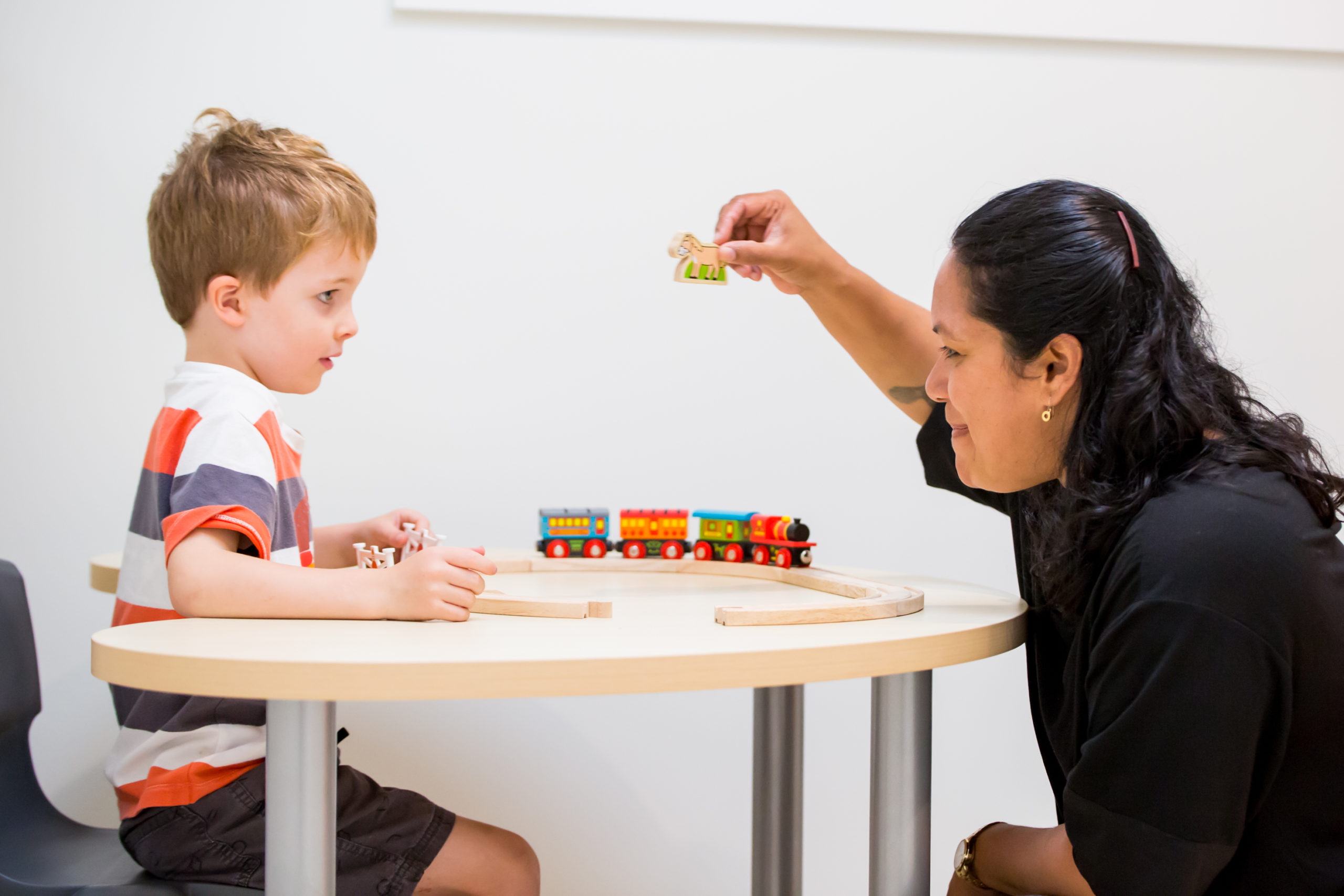What is Generalisation?
How can you help your child achieve it?
Generalisation within the context of the Early Start Denver Model refers to a child’s ability to transfer skills and knowledge learned in therapy sessions into other settings, people, and activities.
Children with ASD often have difficulties with generalisation. This means that they may have learned skills in one environment where it was taught (e.g., saying “hi” to mum at home), however cannot complete the activity in a different environment (e.g., saying “hi” to a therapist at the centre). For a child to fully master a skill, progress should be seen in many settings such as home, school, park, etc. as well as with multiple people, such as a parent, grandparents, babysitter, or teacher.
Generalisation often does not occur automatically and should be practiced continually to make sure a skill that is learned, is meaningful to the child. This is important as they should be able to use it when needed, in any given situation or environment.
3 ways to achieve generalisations:
- Teaching many examples: One of the most effective ways to reach generalisation is to teach many different examples of one skill. This can be done across people, settings, objects, behaviours, or any other relevant aspect. E.g., Teaching the word “bear” with a variety of types of toy bears and in a variety of books.
- Teaching across multiple people: It is important to encourage your child to engage in a skill learned in the presence of other people, other than the person that taught the skill to them. E.g., if following a morning routine was taught in the presence of mum, it should also be practiced with other people in the family such as dad or siblings.
- Teach with multiple instructions: It is common for children with ASD to not automatically generalize understanding to multiple instructions which are meant to mean the same thing. Make sure to teach and model multiple variations of the same instruction so that the child does not become rigid in which form of instruction they follow. E.g., modelling “come here,” “come to the table” and with or without the gesture.
Generalization is a crucial factor in a child’s developmental success and fosters independence across all areas of child development. Research suggests that with active caregiver participation, goals targeted in therapy settings are more likely to be maintained and generalized to new settings such as the home and can potentially reduce the level of service intensity needed in the future (Tiura,2019).
Author:
Shaya Ebennesar
Masters Special Education and Applied Behaviour Analysis
CDI Therapist
References:
Tiura, M. (2019). Parent Involvement in the Treatment of Autism Spectrum Disorder: Validation of a Parent Involvement Survey. UC Berkeley. ProQuest ID: Tiura_berkeley_0028E_18909. Merritt ID: ark:/13030/m5964q9g. Retrieved from https://escholarship.org/uc/item/5s92v7p0





